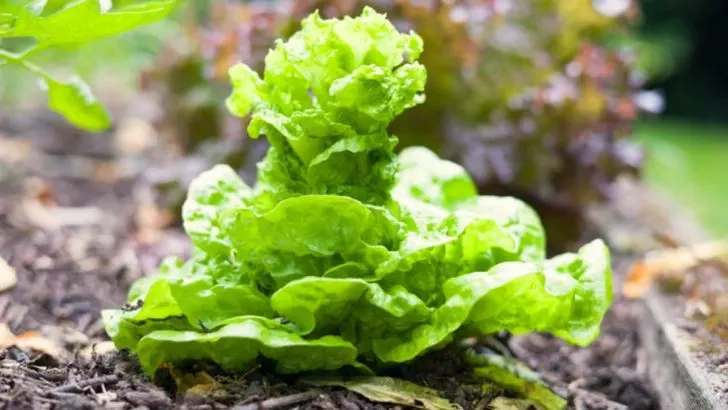Bolting is the silent garden assassin! Your lettuce looks perfect… then it shoots skyward, turns bitter, and ruins your salad dreams. Those tender leaves? Gone in a flash. Bolting isn’t just annoying—it’s dramatic betrayal. Heat spikes, chilly nights, crowded rows… each one nudges your veggies toward flower mode. Before you know it, your spinach has sung its swan song. These 14 basics unlock bolting’s secret code. Learn when to sow for cooler roots. Master shade cloth tactics that trick plants into chill mode. Pick varieties bred to resist the urge to bolt. And space seedlings so they breathe instead of panicking. Grab your trowel and tune into your garden’s whispers. Stop battling surprise flower stalks. Keep your greens crisp, sweet, and locked in prime-leaf stage. Your future salads will be forever grateful.
Understanding Plant Bolting
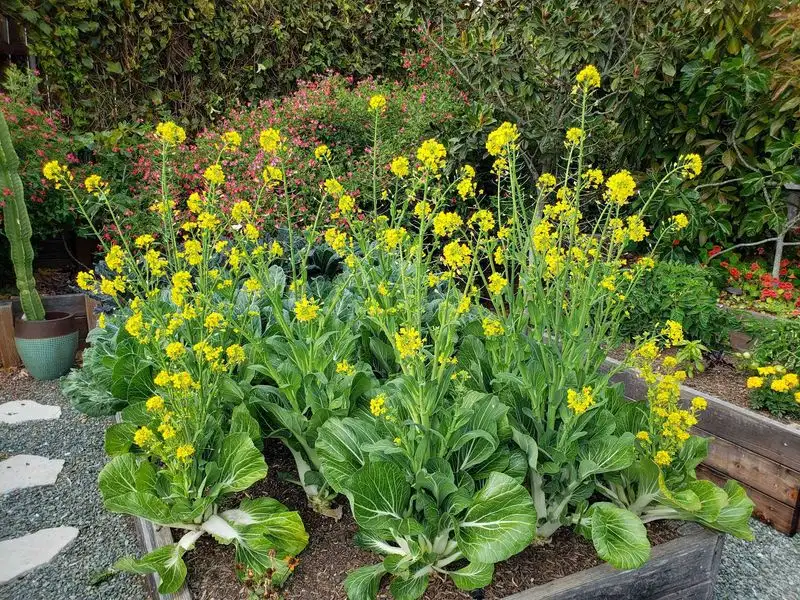
Bolting is when a plant shifts from leaf production to flowering and seed setting. This is often triggered by environmental stressors. Gardeners need to recognize the signs early.
The most common indicator is an elongated stem. This sudden growth is the plant’s way of reproducing before conditions become unfavorable.
Understanding this process helps in taking preventive measures. By knowing when and why plants bolt, gardeners can adjust care routines to minimize the impact, ensuring a continued harvest.
Causes of Bolting
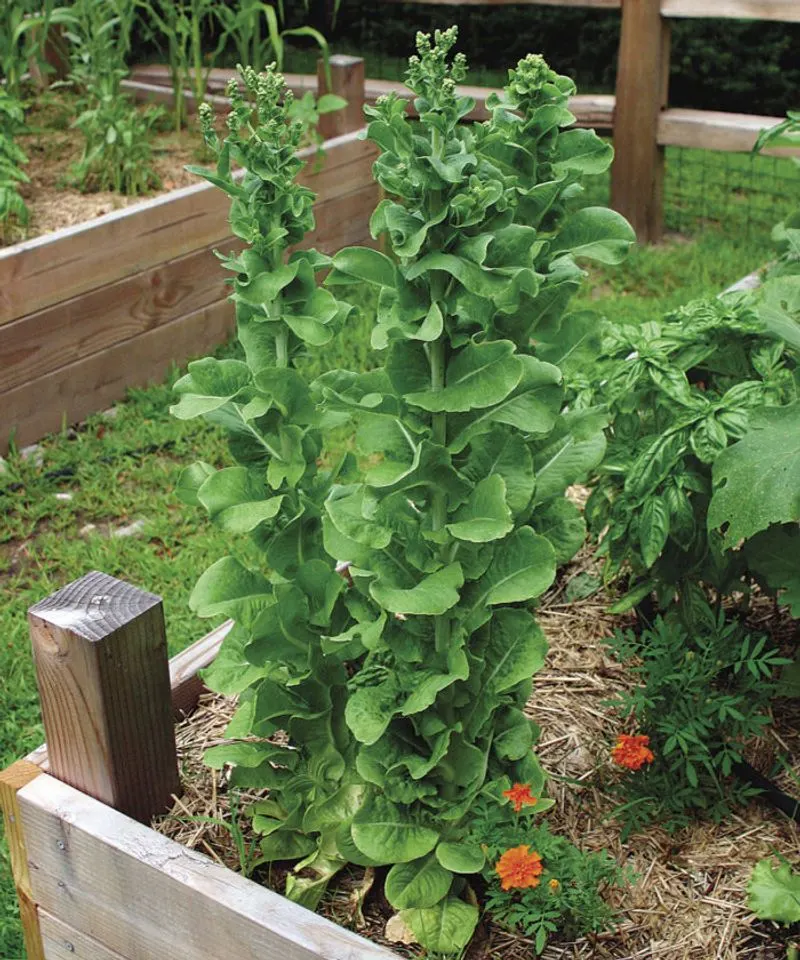
Bolting is primarily caused by environmental stressors such as temperature fluctuations and changes in daylight length. When plants experience stress, they shift their energy towards reproduction.
This is a survival mechanism meant to ensure the continuation of the species. Temperature spikes or prolonged cold can trigger this response.
Understanding these triggers enables gardeners to create conditions that minimize stress. By controlling the environment, such as using shade cloths or row covers, gardeners can reduce the likelihood of bolting.
Identifying Bolting Signs
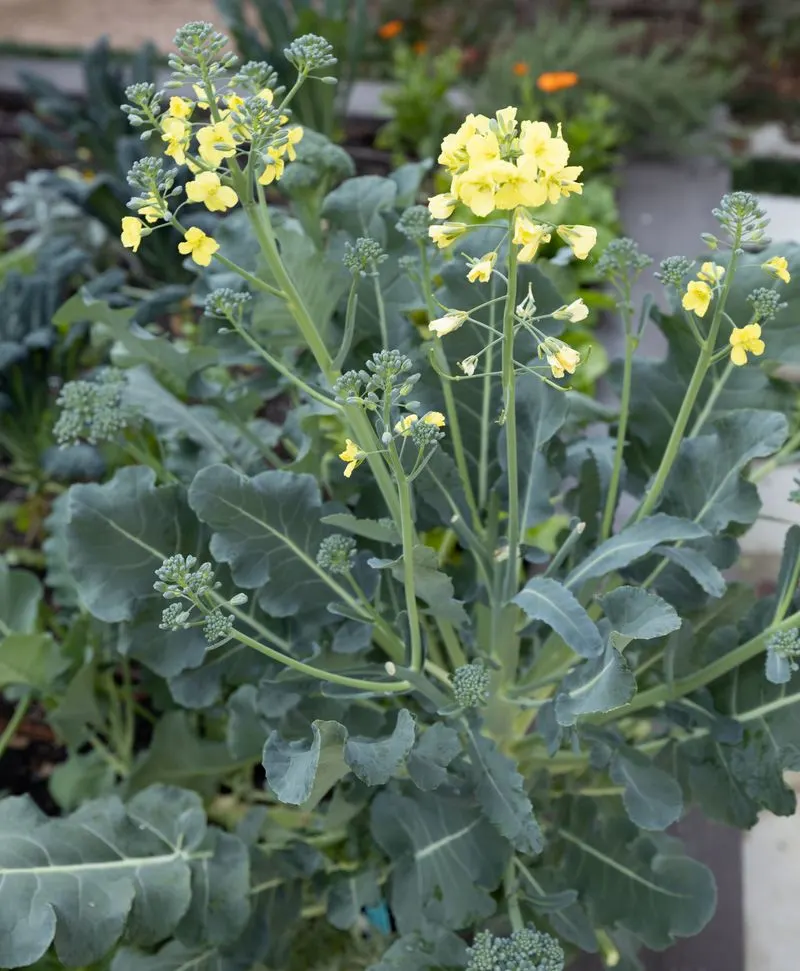
Identifying bolting early can save your crops. One of the first signs is a noticeable elongation of the stem. This change often accompanies a change in the leaf size.
Leaves may become smaller and the plant will focus its energy on flower formation. This process diverts nutrients away from the edible parts of the plant.
Recognizing these signs allows timely intervention. By harvesting early or adjusting care, gardeners can prevent total crop loss. Early detection is key to managing bolting effectively.
Preventing Bolting
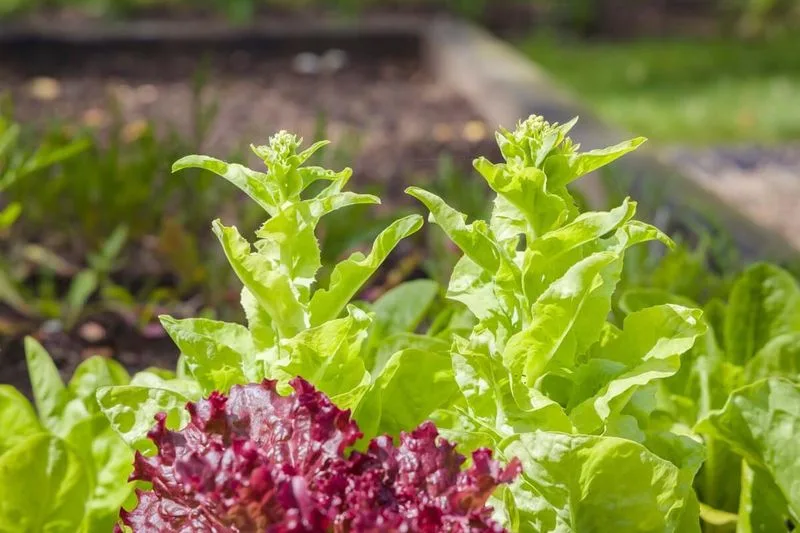
Preventing bolting involves managing environmental stressors. One effective method is using shade cloths to keep temperatures consistent. This helps in reducing heat stress on sensitive plants.
Another preventative measure is to plant bolt-resistant varieties, which are less likely to react to stress. Proper watering schedules also play a crucial role.
Maintaining soil moisture can prevent the plant from experiencing water stress, a known trigger. By implementing these strategies, gardeners can extend the productive life of their crops.
Bolt-Resistant Varieties
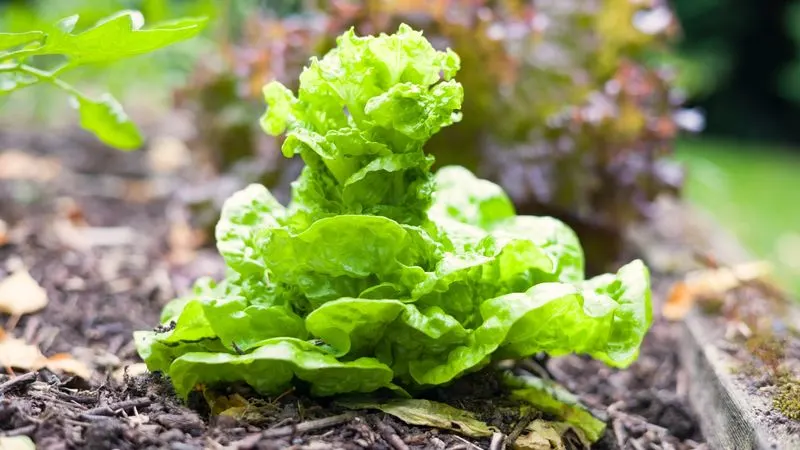
Choosing bolt-resistant varieties is a proactive approach to managing bolting. These varieties have been bred to withstand environmental stress better than others.
Gardeners can find these seeds in most garden centers, labeled specifically for their resistance to bolting. This selection can significantly improve crop yield.
By investing in these varieties, gardeners reduce the need for intervention. The resilience of these plants allows them to continue producing even under challenging conditions, making them a valuable addition to any garden.
Impact of Day Length

The length of daylight has a profound impact on bolting. Many plants use day length as a cue for flowering. Longer days can signal that it’s time to reproduce.
This is particularly true for plants like lettuce and spinach. Understanding this can help in timing plantings to avoid peak daylight periods.
By planting early in the season or using row covers, gardeners can manipulate light exposure. These techniques can delay bolting, allowing for a longer harvest period.
Effect of Temperature
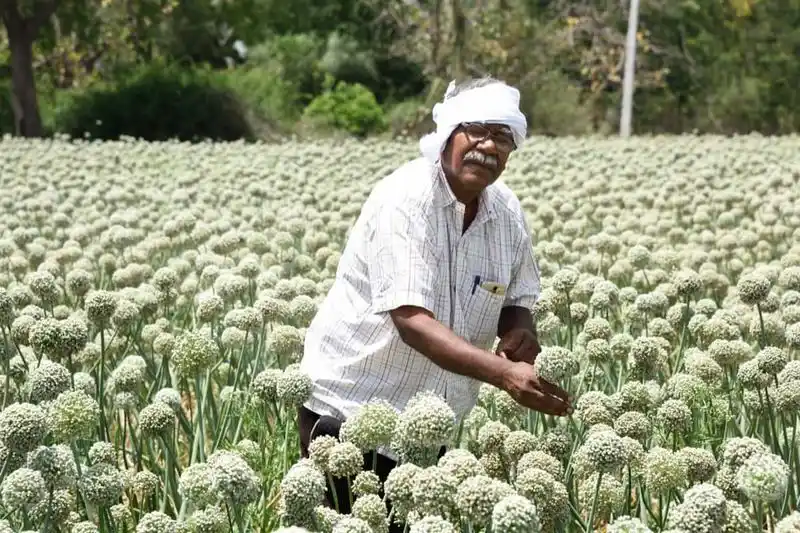
Temperature plays a crucial role in the bolting process. Extreme temperatures, whether hot or cold, can shock plants into bolting.
This stress response is a survival tactic to ensure reproduction before it’s too late. Cool-season crops are particularly sensitive and may bolt in unexpected heat.
Gardening techniques like mulching or using shade cloths can help moderate soil temperature. These methods provide a buffer against sudden temperature changes, reducing the chances of bolting.
Watering Techniques
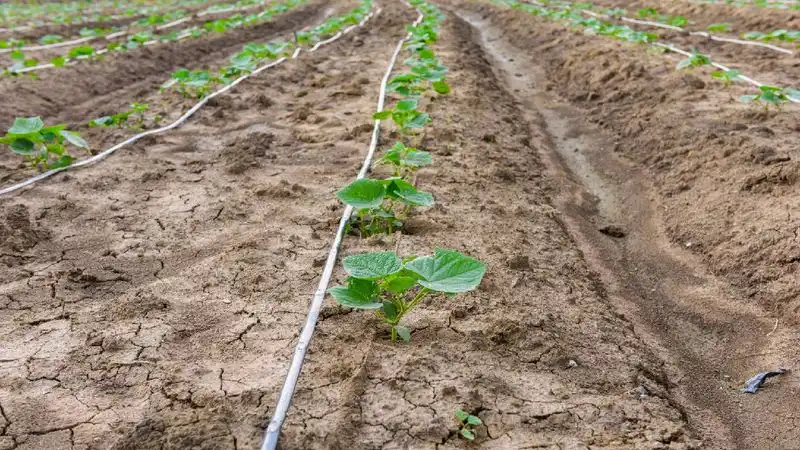
Proper watering techniques can prevent bolting by reducing plant stress. Inconsistent watering can lead to fluctuations in soil moisture, a common trigger.
Drip irrigation provides a steady supply of water, maintaining consistent soil conditions. This method is particularly effective for sensitive crops.
Regular watering schedules help in avoiding the stress that leads to bolting. By committing to a consistent routine, gardeners can ensure their plants remain healthy and productive, delaying the onset of bolting.
Soil Quality and Bolting
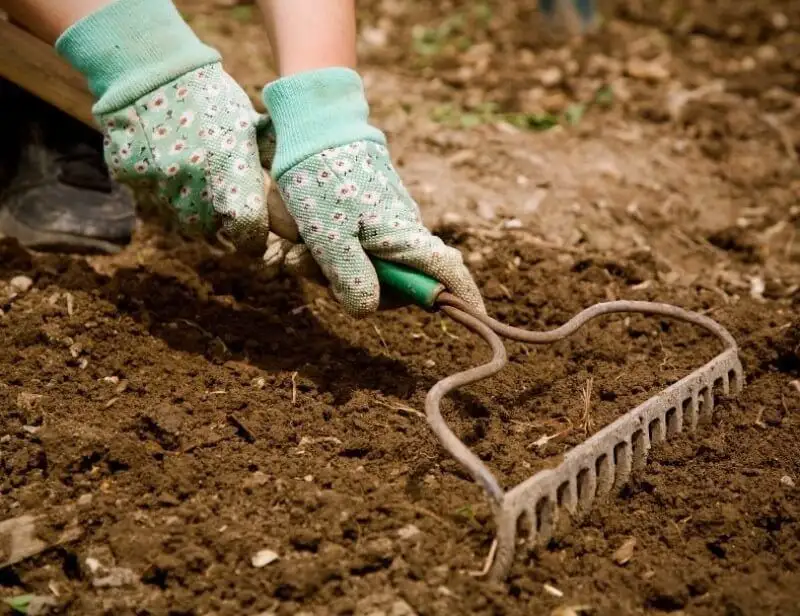
Soil quality profoundly influences plant health and its susceptibility to bolting. Nutrient-rich soil supports robust growth and resilience against stress.
Organic matter in soil helps retain moisture and provides essential nutrients. This creates a stable environment for plants, reducing the likelihood of bolting.
Regularly amending soil with compost improves its structure and fertility. By investing in soil health, gardeners boost their plants’ resistance to environmental stressors, thus preventing premature bolting.
Pruning and Bolting
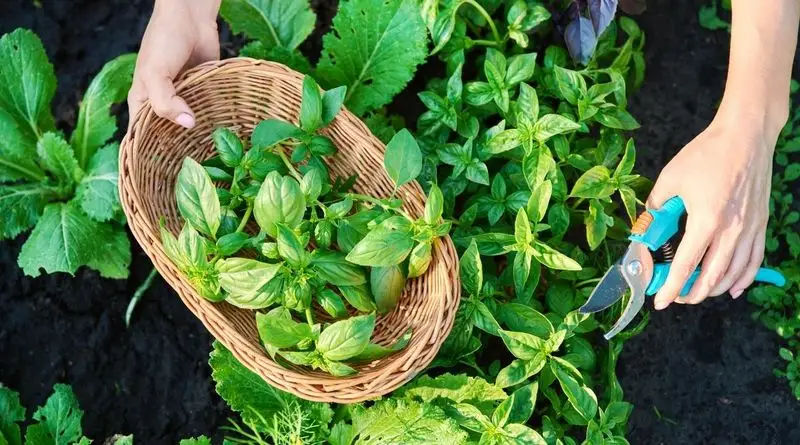
Pruning can be an effective way to control bolting. By removing flowering stems early, plants redirect energy to leaf and root development.
This simple act can extend the growing period for many herbs and leafy greens. It’s a practical technique for managing plants that are prone to bolting.
Regular monitoring and timely pruning help in maintaining plant vigor. This method allows gardeners to prolong harvests, ensuring plants remain productive longer.
Role of Fertilization
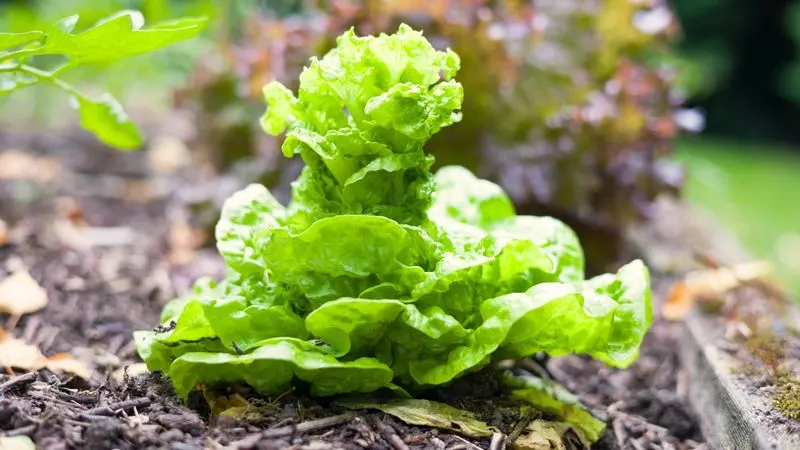
Fertilization plays a pivotal role in preventing bolting. Balanced nutrients support healthy growth and resilience. Over-fertilizing, however, can lead to stress.
It’s important to use fertilizers that match the plant’s growth stage. Organic options are often preferred for their slow-release properties.
By providing the right nutrients in appropriate amounts, gardeners bolster plant health. This reduces the stress that could lead to premature bolting, ensuring a longer, more productive season.
Timing of Planting
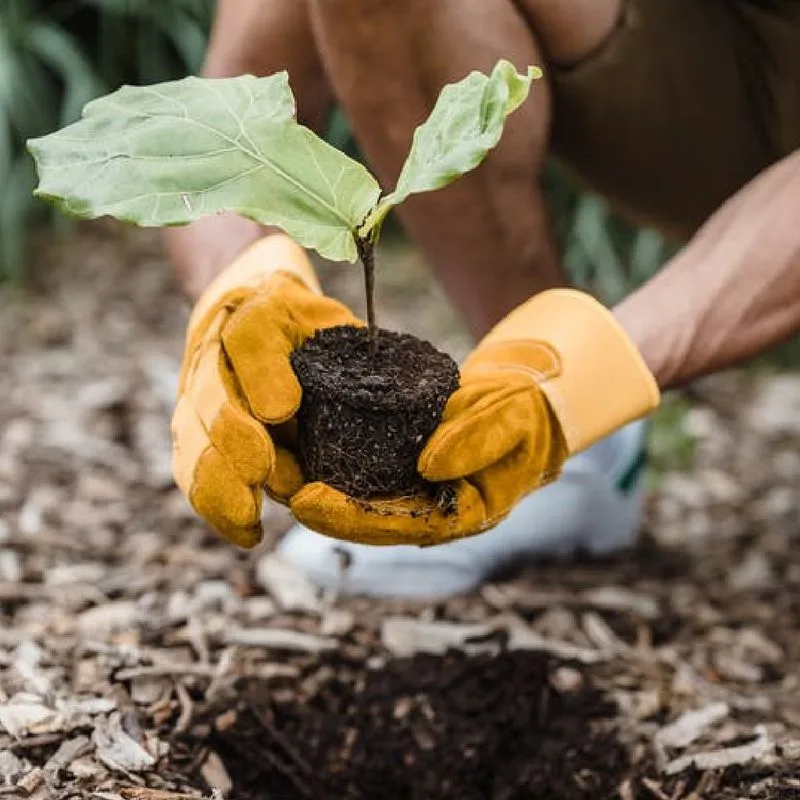
The timing of planting can significantly impact bolting. Early planting allows crops to mature before hot weather sets in, reducing stress.
This strategy is particularly effective for cool-season crops. By consulting planting guides, gardeners can optimize their planting schedule.
Adjusting planting times based on local climate conditions helps in avoiding peak stress periods. This foresight ensures plants have the best chance to thrive without bolting prematurely.
Companion Planting Strategies
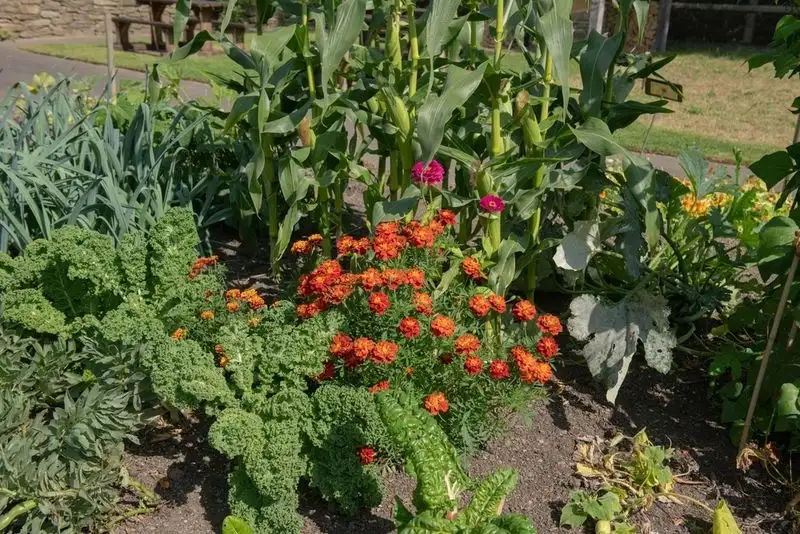
Companion planting offers natural solutions to bolting issues. Certain plants provide shade or repel pests, reducing stress on vulnerable crops.
For example, taller plants can provide shade for heat-sensitive varieties. This natural protection helps maintain optimal growing conditions.
Incorporating companion plants into the garden design can enhance plant health and prevent stress-induced bolting. This method promotes a balanced ecosystem, leading to a more productive garden.
Monitoring and Maintenance
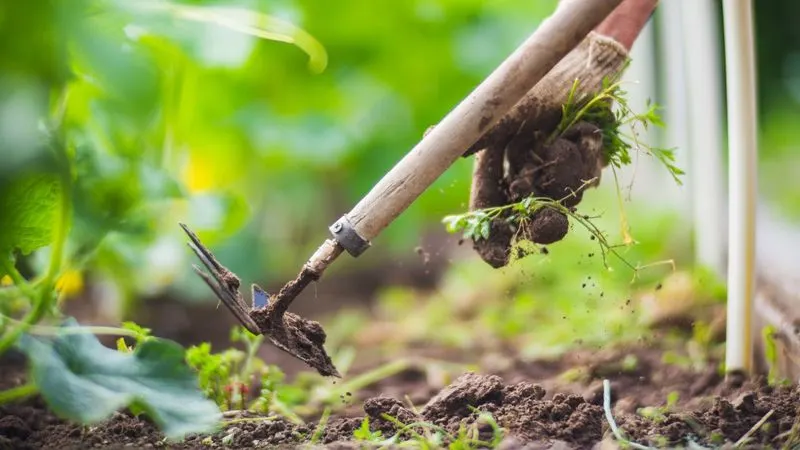
Regular monitoring is key to preventing bolting. By observing plants for early signs of stress, gardeners can intervene promptly.
Maintaining a garden journal helps track changes and plan interventions. This proactive approach ensures timely adjustments to care routines.
Consistency in garden maintenance, such as weeding and pest control, supports plant health. A well-maintained garden minimizes stress, reducing the likelihood of bolting and extending the harvest period.

